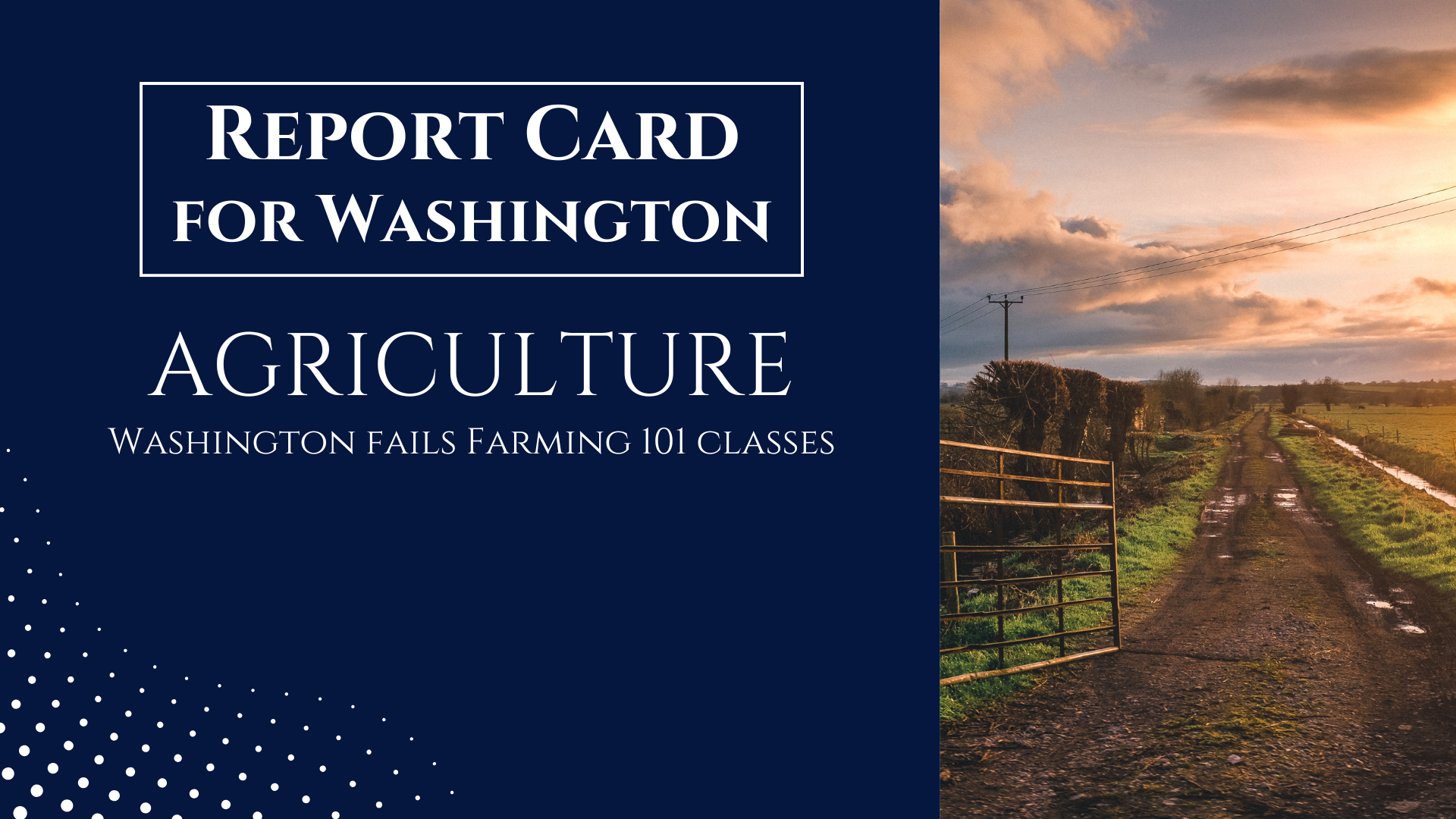Key Takeaways
- Between 2012 and 2022 the number of farms operating in Washington state fell from 37,249 to 32,076, a decline of nearly 14%.
- In that same period, the total land area under cultivation declined from 14.7 million acres to 13.8 million acres, a drop of 6%.
- From 2017 to 2022, Washington lost 3,717 farms, about 14 farms every week.
- Total agriculture production expenses in Washington state rose from $7.8 billion in 2017 to $11 billion in 2022, an increase of 41%. Inflation over the same period was 17%.
- The $1 billion increase in labor costs in just 10 years is ten times more than the $100 million increase in the next highest farm input (animal feed), or nearly three times more than inflation over the same period.
- Washington farm labor costs rose at a rate of 32% from 2017-2022, nearly double the rate of inflation.
- Washington’s farmers and ranchers produce more than $12.7 billion in products per year.
Introduction
Washington’s agricultural industry is one of the most varied and productive in the United States. The state’s farmers and ranchers produce more than $12.7 billion in products annually, ranging from some of the best wine grapes in the world to grains like hay and wheat, and, of course, apples.
The industry is under tremendous pressure, however, from increased regulation and costs. The strongest trend in Washington agriculture in the years since 2012 has been the government-mandated increase in the cost of running a farm business. This series of policy choices has in turn increased the cost of food production and diminished viable farm operations in the state.




